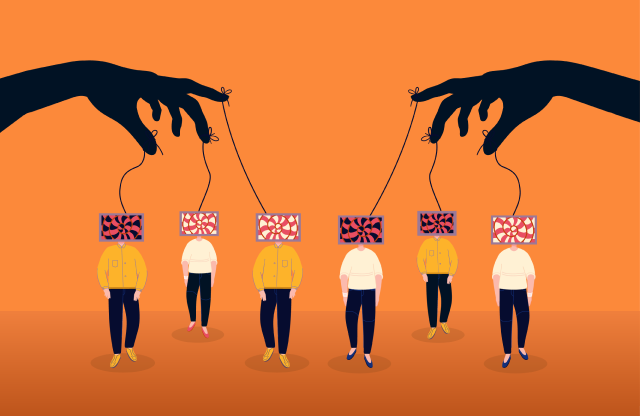In today’s interconnected world, digital disinformation poses a critical threat to truth and democracy. False information spreads rapidly across social media platforms and digital channels, confusing the public and undermining trust in institutions. This global battle for truth involves multiple challenges, from threats to press freedom to government censorship, and the ever-growing menace of fake news.
Press Freedom Under Siege
Press freedom serves as the backbone of any democratic society. It enables journalists to investigate, report, and hold power to account. However, digital disinformation campaigns directly target the media’s credibility. Coordinated attacks aim to discredit journalists and sow doubt about factual reporting. Governments and powerful groups exploit disinformation to label truthful journalism as “fake news,” weakening independent voices.
Journalists increasingly face harassment, intimidation, and violence due to their reporting in disinformation environments. Many media outlets struggle to maintain trust as misinformation blurs the lines between fact and fiction. Protecting press freedom requires robust legal safeguards and public awareness to distinguish reliable news from fabricated stories.
The Fine Line of Censorship
In response to the rising tide of false information, governments implement censorship measures to control digital content. While these actions often intend to curb harmful disinformation, they risk suppressing legitimate speech and dissent. Some regimes use anti-fake news laws as tools for political repression, silencing critics under the guise of protecting public order.
Finding the balance between combating disinformation and preserving free expression remains challenging. Transparent policies and independent oversight are essential to prevent censorship from becoming a weapon against democracy. Citizens must stay vigilant and demand accountability from authorities to avoid excessive control over information.
The Spread and Impact of Fake News
Fake news thrives on social media platforms, where sensational and emotionally charged content spreads faster than verified facts. Disinformation campaigns manipulate narratives, exploit biases, and inflame divisions among communities. Algorithms prioritize engagement, often amplifying misleading content that generates clicks and shares.
The consequences of fake news reach far beyond confusion. It erodes public trust in media, government, and science, hampering efforts to address crises such as pandemics and climate change. Democracy suffers as voters make decisions based on distorted realities. Combating fake news requires media literacy education, improved platform policies, and proactive fact-checking initiatives.
Conclusion
Digital disinformation represents a formidable global challenge that demands collective action. Safeguarding press freedom, resisting undue censorship, and confronting fake news are crucial steps to protect truth and democracy. Societies must empower individuals with critical thinking skills and foster transparent information ecosystems. Only through these efforts can we win the ongoing battle for truth in the digital age.



